Alfred Christopher Picard was a 19th-century New Zealand politician.
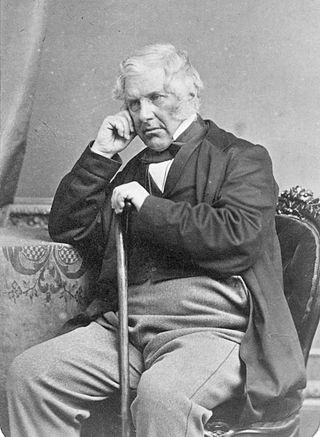
The 1855 New Zealand general election was a nationwide vote to determine the shape of the New Zealand Parliament's 2nd term. It was the second national election ever held in New Zealand, and the first one which elected a Parliament that had full authority to govern the colony.

The 1879 New Zealand general election was held between 28 August and 15 September 1879 to elect a total of 88 MPs to the 7th session of the New Zealand Parliament. The Māori vote was held on 8 September. A total of 82,271 (66.5%) European voters turned out to vote, plus 14,553 Māori voters. Following the election, John Hall formed a new government.
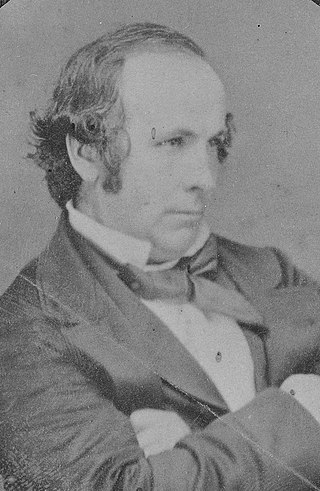
Thomas Henry Fitzgerald was an Irish pioneer in sugar cane farming in the early days of the colony of Queensland, Australia. He was a politician, first in New Zealand, then in Queensland. His descendants went on to become notable names in Queensland politics, business and law. He is best remembered for founding the town of Innisfail.
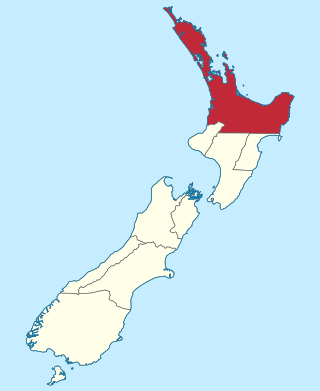
The Auckland Province was a province of New Zealand from 1853 until the abolition of provincial government in 1876.

Nelson is a New Zealand parliamentary electorate, returning one Member of Parliament to the House of Representatives of New Zealand. From 1853 to 1860, the electorate was called Town of Nelson. From 1860 to 1881, it was City of Nelson. The electorate is the only one that has continuously existed since the 1st Parliament in 1853.

Eden, a former New Zealand parliamentary electorate, lay in the general area of the suburb of Mount Eden in the city of Auckland.
Patea is a former New Zealand electorate in south Taranaki. It existed from 1893 to 1963.
Thames is a former New Zealand electorate, in the Thames-Coromandel District. It existed from 1871 to 1946.
Waihemo is a former parliamentary electorate in the Otago region of New Zealand. It existed for two periods and was represented by two Members of Parliament.
Wellington Country was a former parliamentary electorate in the Wellington Region from 1853 to 1860 and then 1871 to 1881. The seat covered Miramar, Mākara, Porirua, the Kāpiti Coast and the Horowhenua District.
Pareora was a former parliamentary electorate in the Canterbury region of New Zealand for one electoral term in the 19th century.
Waikaia was a parliamentary electorate in the Southland region of New Zealand, from 1871 to 1881, and then from 1887 to 1890.
Dunedin and Suburbs North was a parliamentary electorate in the city of Dunedin in Otago, New Zealand from 1863 to 1866. It was a multi-member electorate.
The 6th New Zealand Parliament was a term of the Parliament of New Zealand.
The 7th New Zealand Parliament was a term of the Parliament of New Zealand.
The 8th New Zealand Parliament was a term of the New Zealand Parliament.
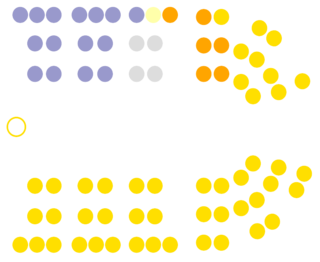
The 12th New Zealand Parliament was a term of the New Zealand Parliament. It was elected at the 1893 general election in November and December of that year.

The 16th New Zealand Parliament was a term of the New Zealand Parliament. It was elected at the 1905 general election in December of that year.
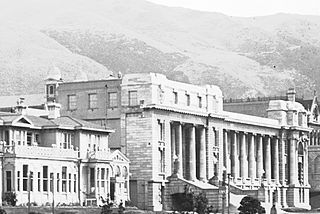
The 20th New Zealand Parliament was a term of the New Zealand Parliament. It was elected at the 1919 general election in December of that year.











